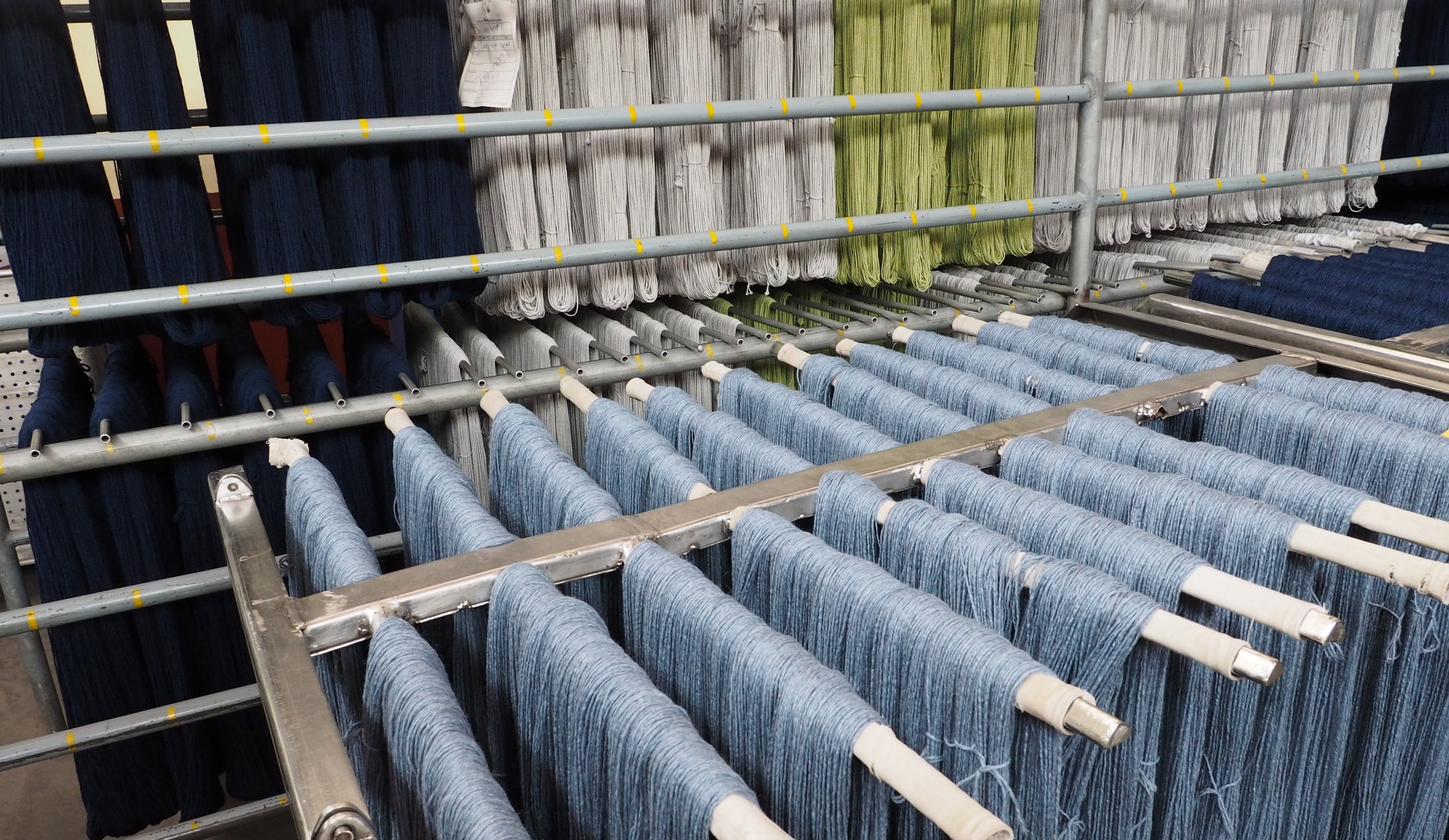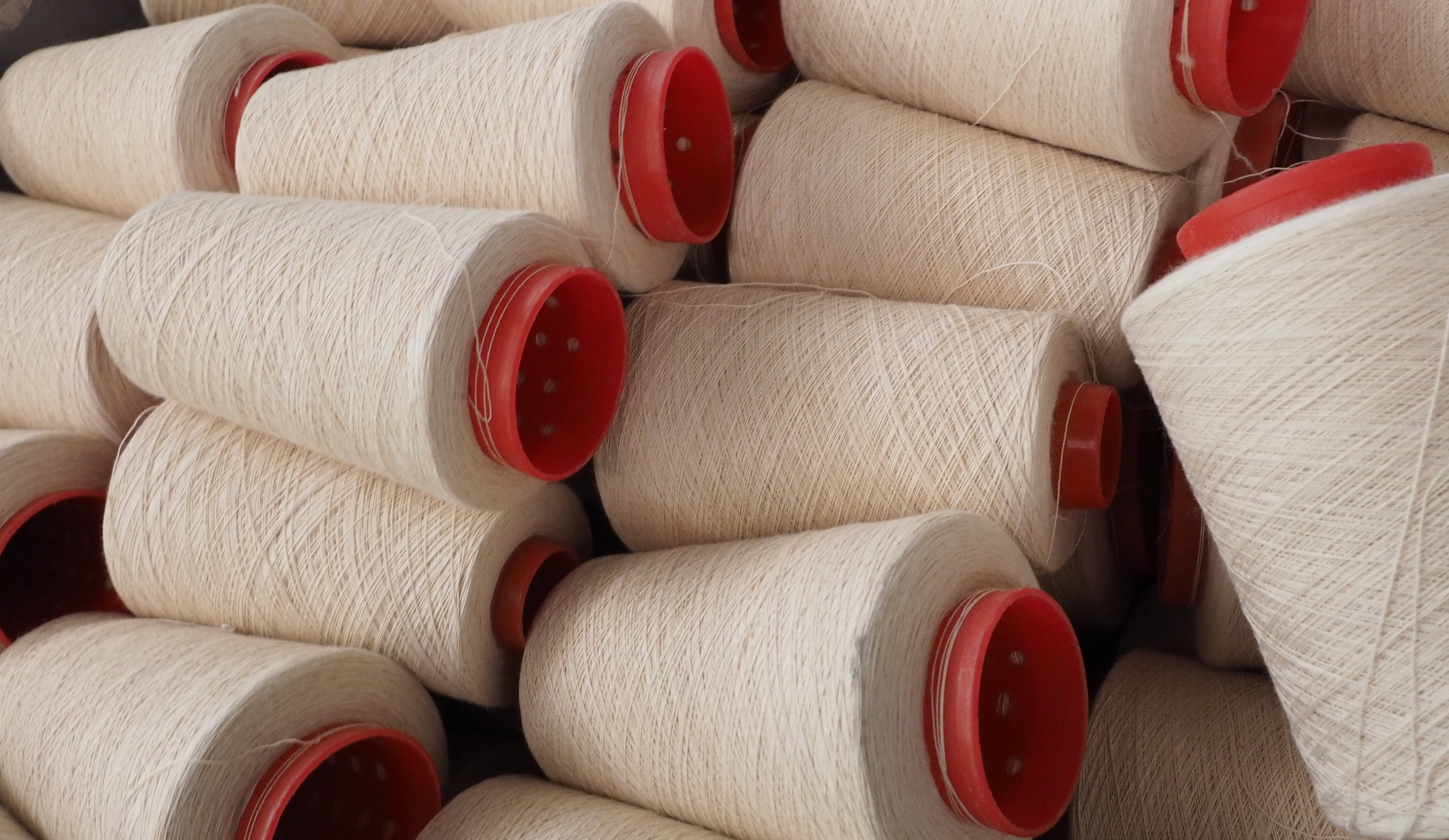No Frills: The Supply Chain
Over the last three years, our team has been delving into unknown territories of understanding the full supply chain; not only buying better fabrics but meeting the very people that make up the chain to have a full understanding of every stage of the process.

Our story began with the idea of creating garments with the minimum carbon footprint, minimum chemicals, social responsibility, respect for animals and focusing on natural fibres. In essence, creating the best possible product, with the best practices without forfeiting quality and design.
Beginning with geography, we wanted to understand which countries or regions had all, or most, of the supply chain in a geographically confined area. Could we create a garment whose raw material is formed from its first seed or born from its mother, to the final finish of sewing a pearl on, within a very close proximity? A garment that is also created with the highest quality and every sustainable attribute we require to fill our criteria.
After a year spent researching, we began travelling to understand the production of cotton, wool and alpaca as these are the raw materials that have founded our No frills line.

We initially looked into producing here in the UK but as we don’t make the raw materials here, and the UK would only be sewing together the finished garment, it would have added another step in the chain that increased the carbon footprint.
Our journey then took us to Uruguay, Peru, Turkey, Portugal and Austria to date, with the aim for our No Frills garments to have travelled between 1 to a maximum of 4 countries from field to final. This may not sound like a huge achievement, but some garments found in a typical wardrobe have travelled to up to 10 countries or more, even if sustainable. We are pleased to say that our No Frills 100% cotton garments and all our knitwear only travel between 1 and 2 countries, while only the more complex mixes travel up to 4.

One of the most amazing discoveries in our journey was the fact that the price point of the garments is lower due to the reduced stages of the process. ‘Win win’ has never been so relevant, great product, great price and fully sustainable!
We are focusing first on the highest volumes we produce, starting with fabrics, as this makes up the biggest percentage of a garment. Our mission will continue and we will apply our learning to all at Mother of Pearl, even small volume trims.
